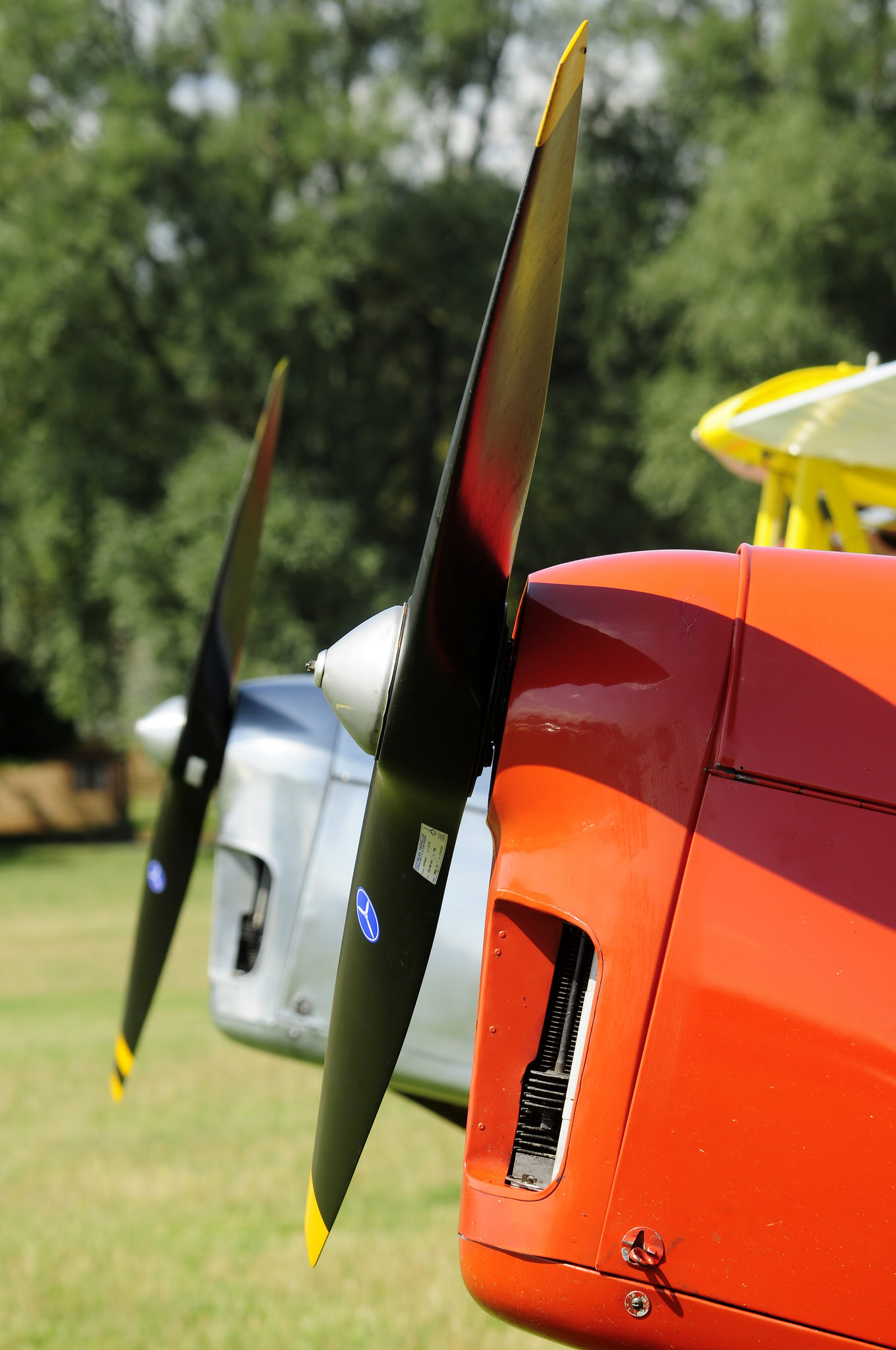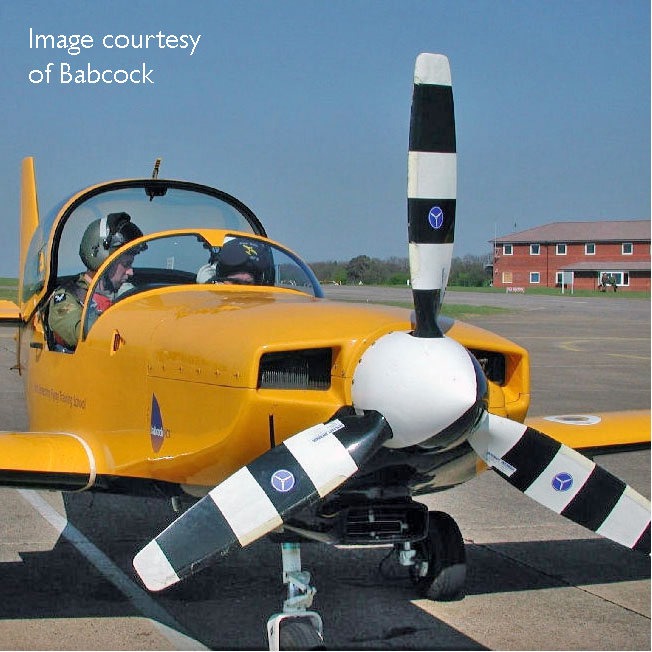Light Aircraft.
Four blade propellers were developed on Royal Flying Corps aircraft such as the 1915 Royal Aircraft Factory B.E.2. an early reconnaissance type. These were pioneering times and as Geoffrey de Havilland developed new aeroplanes for civilian use which were generally smaller, lighter and more streamlined, propeller design & construction developed swiftly.
Traditional design with modern engineering.
Today sophisticated composite or monocoque construction aircraft are popular light aircraft which have excellent performance with advanced instrument and engine systems providing great comfort for cross country flying. Leading aircraft suppliers worldwide include Vans Aircraft from Origon USA, BRM Bristell from Kunovice in the Czech Republic and Tecnam from Casoria Italy. The great variety of these aircraft are sold in kit form or they can be assembled ready to fly. Hoffmann Propeller is a specialist manufacturer of light aircraft propellers and has a diverse range of light weight propellers which span the performance spectrum.
The well known manufacturers Slingsby, Robin, Diamond and Grob have all adopted the Hoffmann Propeller for their aircraft. The wood composite blade construction allows the use of high efficiency low noise aerofoil which have excellent durability and allow repeated overhaul with no loss of performance.
Fixed Pitch
The de Havilland propeller patterns used on the Tiger Moth were optimum performance and today some 85 years later these aerofoils are still the basis of the most efficient Hoffmann Propeller patterns of this type. Of course aerofoil theory has advanced considerably, but for a historic aircraft these developments only provide slight advantage in terms of thrust improvement and the disadvantage of departing from the classic planform profiles.
Today with computer aided design and numerical control manufacturing it is difficult to improve on these original patterns. Hoffmann Propeller has continued to improve the legacy and brings decades of experience of their own designs where the original engineers and manufacturers left off. Key areas where improvements have been made are in the structural blocking of the timber due to upgraded gluing techniques which in turn enables refinement of the aerofoil profile and in the design of the leading edge.
HO4/27HM-A170 115 propeller
HO21-198B 140LK propeller
In 1920 in excess of 450 propeller patterns had been developed and were in use on RNAS, RFC and RAF aeroplanes. Taking this longstanding concepts forward Skycraft has established the use of new 4-blade propellers for use on glider tugs which dramatically reduce the noise attenuation enabling gliding clubs & training schools to operate in harmony with their neighbours. All Hoffmann Propeller fixed pitch patterns are highly durable whilst ensuring optimum performance.
Variable-pitch
A variable-pitch propeller is a type with blades that can partially rotate around their long axis to change the blade pitch whilst in operation. The French company Levasseur claimed to be the first manufacturer to develop a working example of a variable pitch propeller in 1921 and the practical ‘hélice’ was pioneered during the early 1930’s by Ratier Figeac who today – some 90 years later - manufacture propellers for the mighty Airbus A400M Atlas military transport aircraft used by the Royal Air Force
Most of the basic training aircraft of the RAF have had Hoffmann Propellers installed at one time or other and this has been possible by extensive proving and operational support by Skycraft. These service aircraft are the RAF Tiger Moth, Venture, Chipmunk, Vigilant, Firefly and Tutor. To give some perspective to the usage of the Hoffmann propellers an estimate of their flying time is over 1 million hours.
HO-V123K-KV/180DT propeller
HO-V352F/170FQ propeller
innovation
Hoffmann Propeller developed the first two blade light weight mechanical pitch change propeller during the 1960’s which became the standard choice for touring motor gliders due to the considerable improvement in cruise performance obtained. The propeller provides ‘Take Off’, ‘Cruise’ and ‘Feathering’ setting which are selected by a cockpit control. This concept was popular from the start, being adopted by most of the motor glider manufacturers, and today is still in production.
HO-703F-H/166NI propeller
Hoffmann Propeller has again matched the engine development with new propellers specifically designed for the Rotax engine series.
Engine technology has of course progressed from that of the Volkswagen flat-4 boxer unit first adapted for aircraft use by Limbach Flugmotoren in the 1970’s and today the Rotax series of internal combustion engines for light aircraft and unmanned aerial vehicles has become a de facto industry standard.
For engines capable of supporting a propeller hydraulic system and a governor Hoffmann Propeller has focused on light weight designs derived by development of wood composite blades combined with a aluminium alloy hub assembly. The range of Hoffmann 2, 3, 4 and 5 blade propellers have hydraulically controlled constant speed systems.








